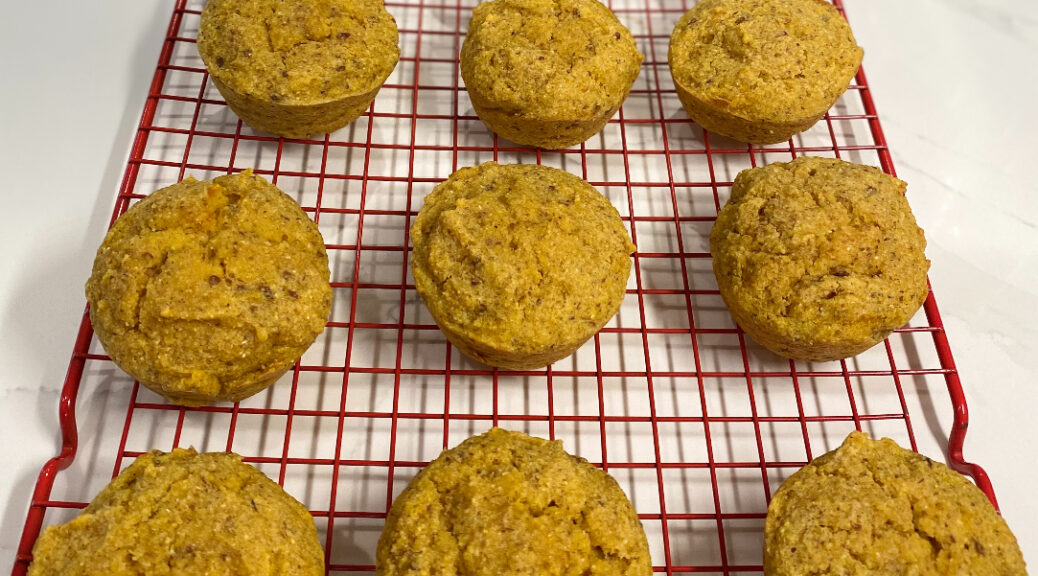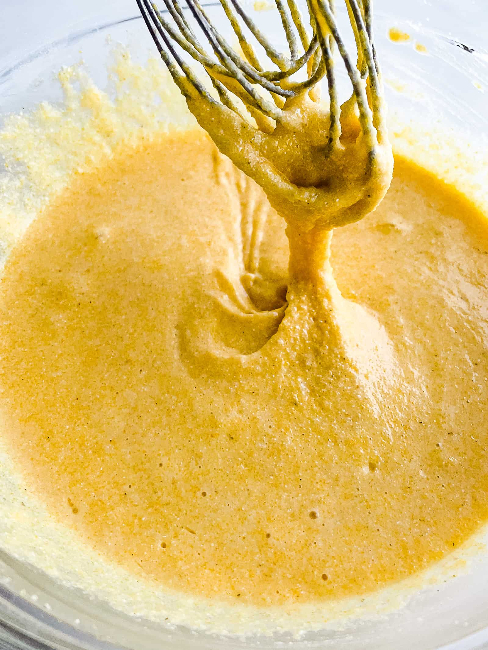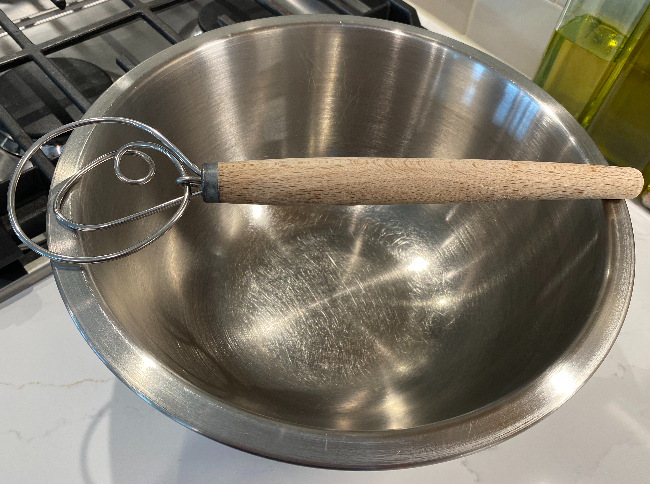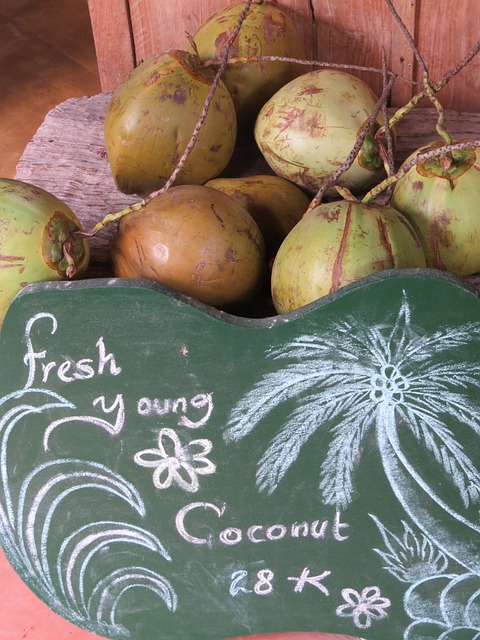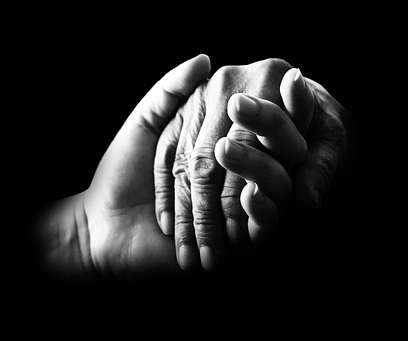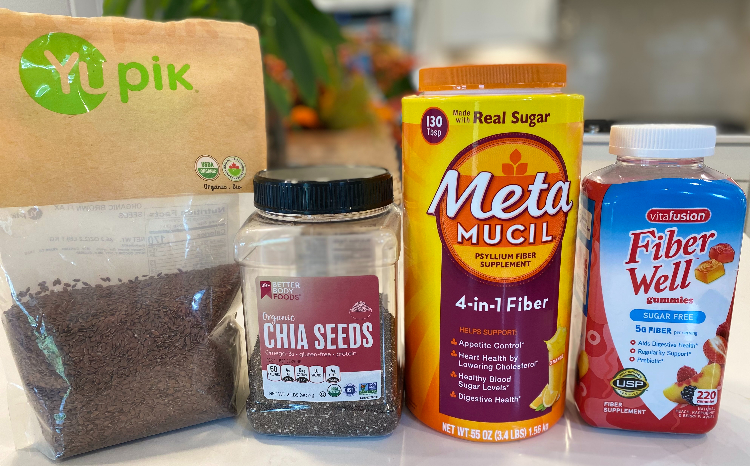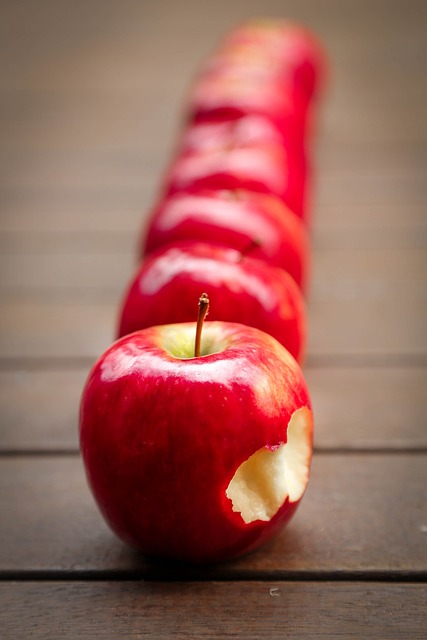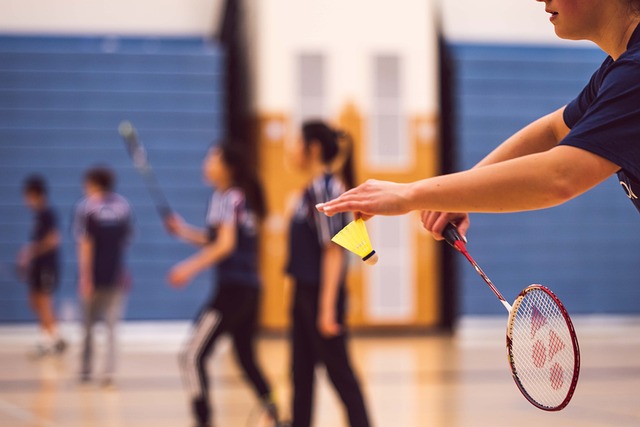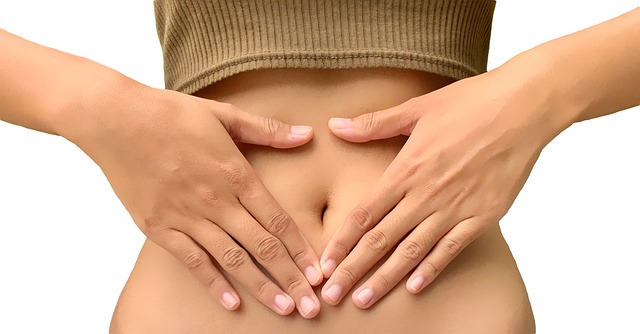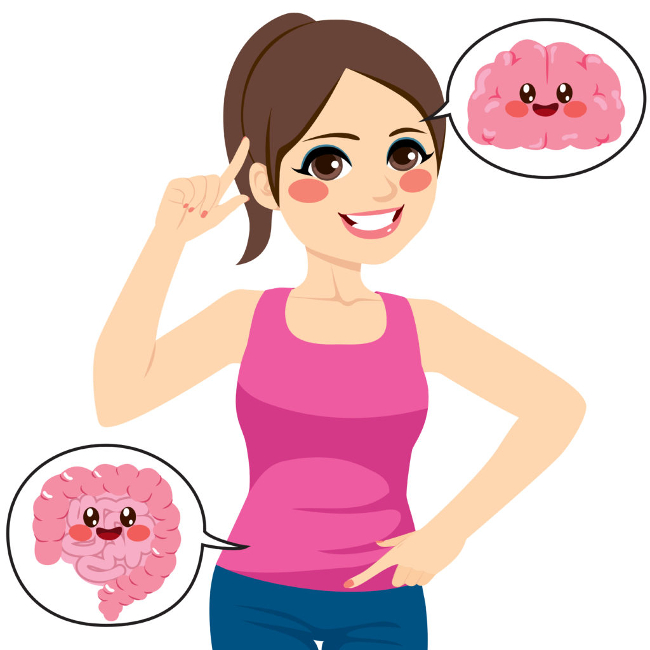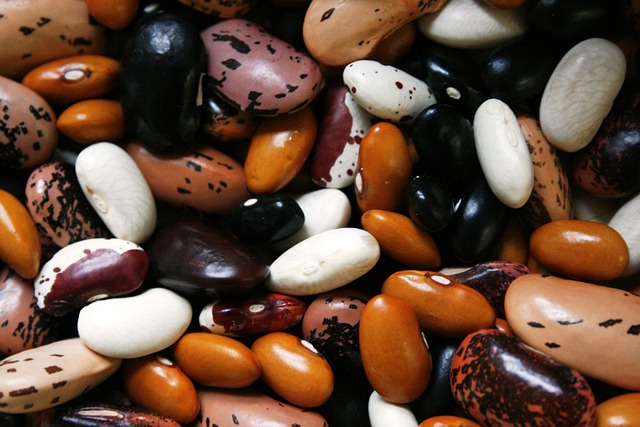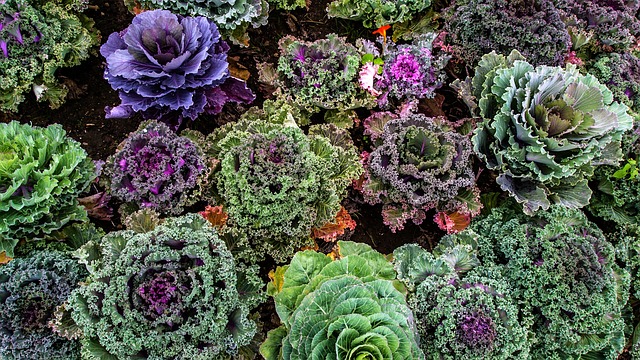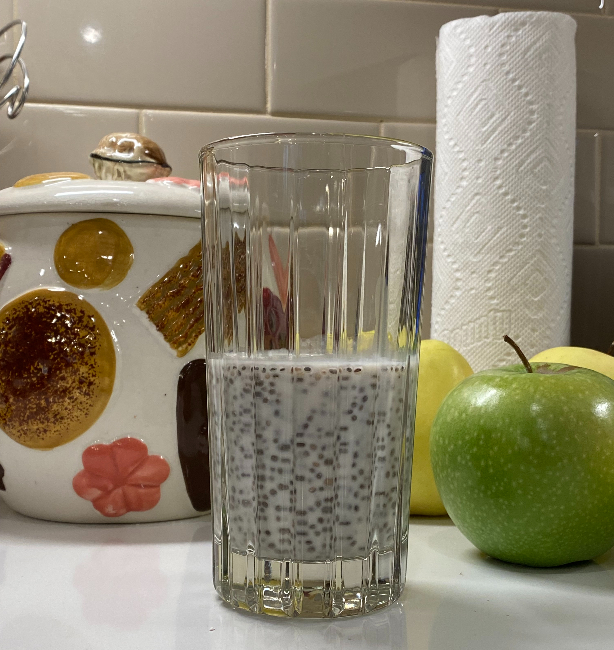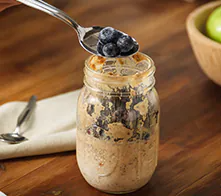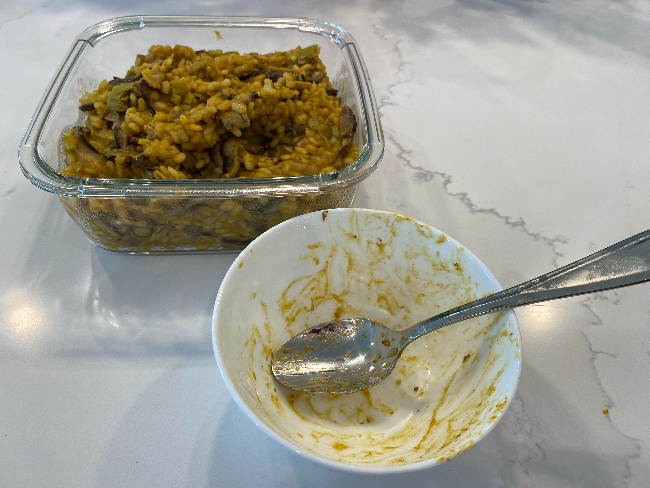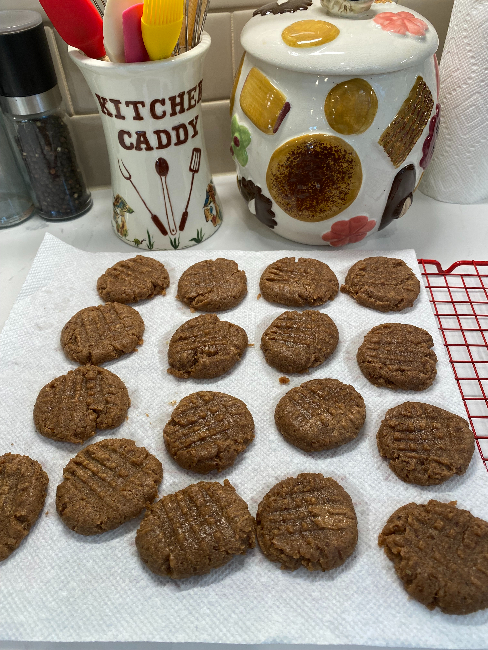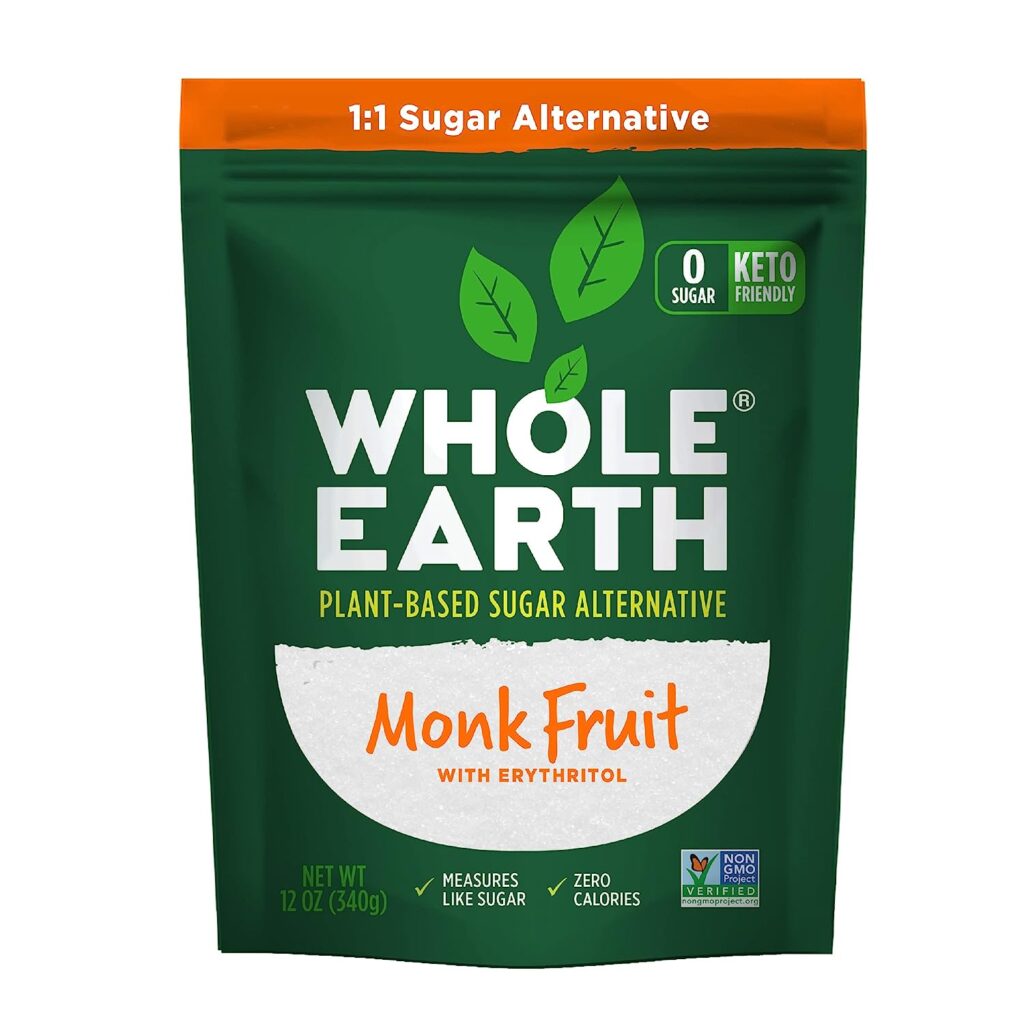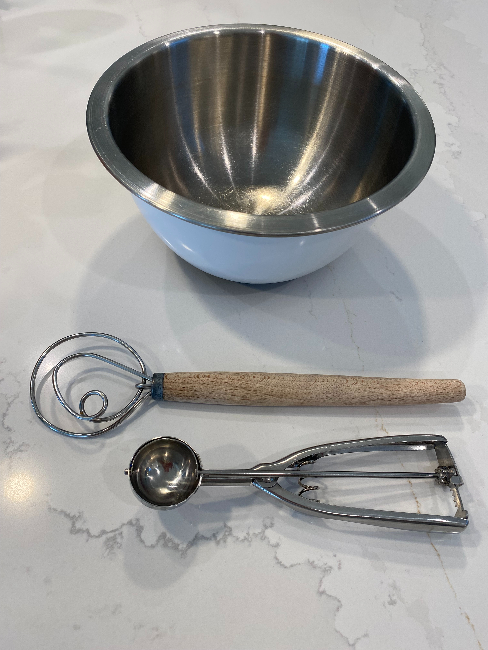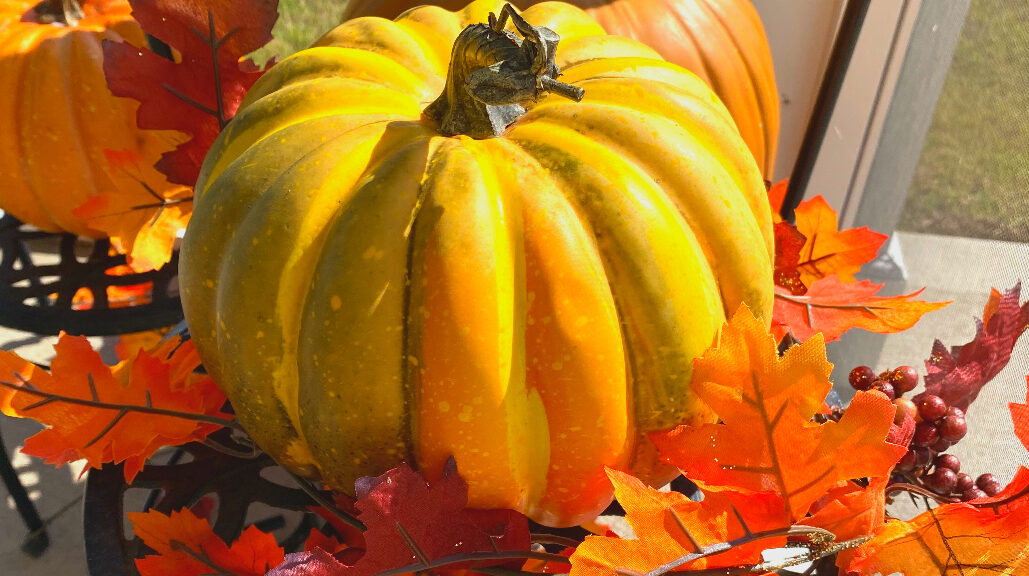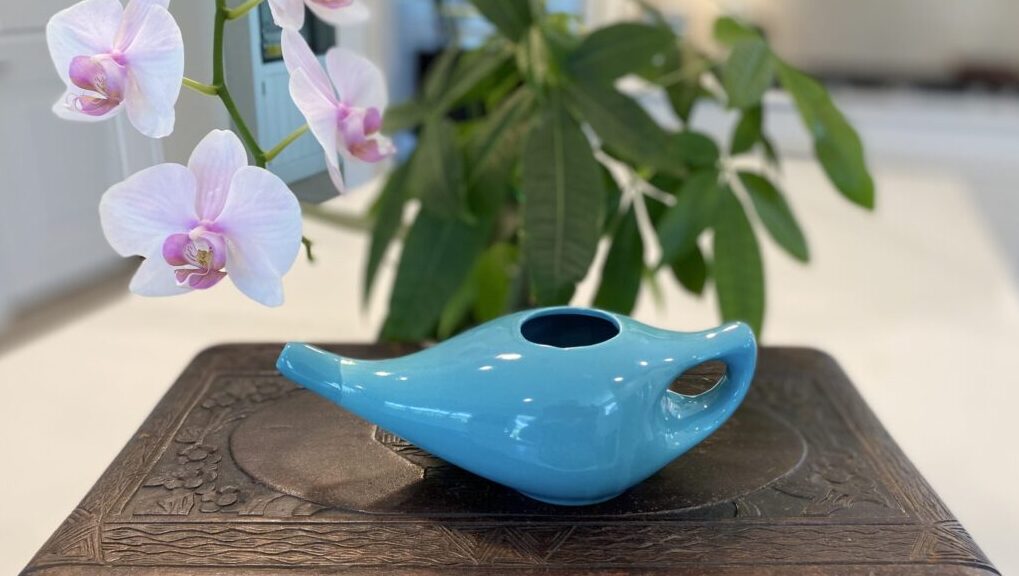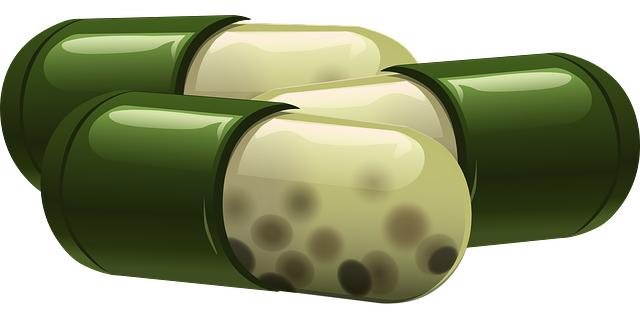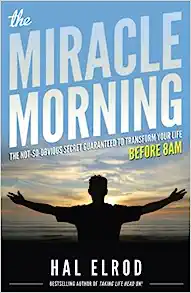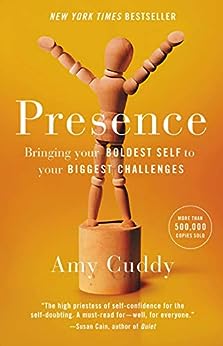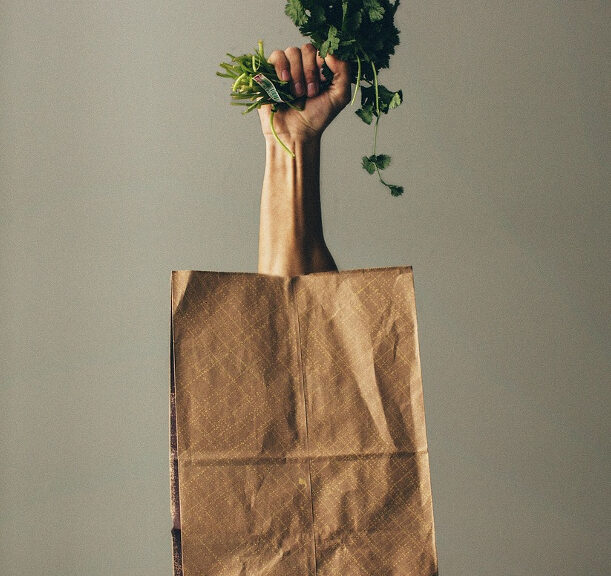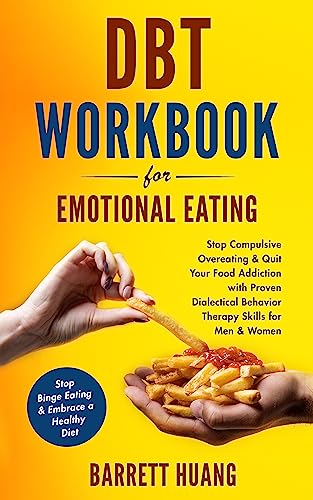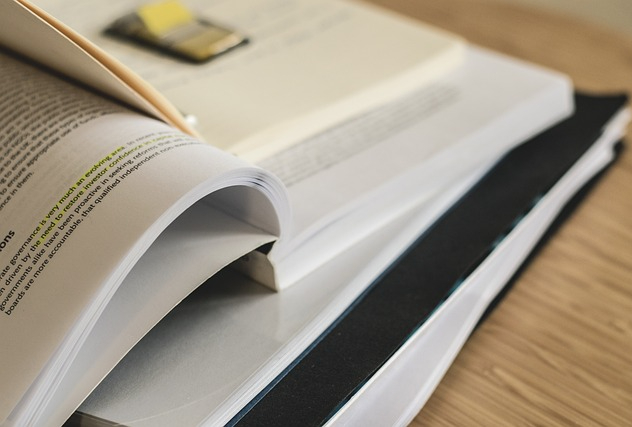Leftovers to the rescue!
After enjoying that amazing Pumpkin Mushroom Risotto recently, I was tasked with using leftover full-fat coconut milk and pumpkin puree. Two great ingredients. Soup? Custard?
Hmmm.
Meanwhile, back in the pantry – I spy a box of Gluten-Free Cornbread Mix. Yay!
Wait.
Darn.
It’s that honey-sweetened cornbread mix I bought in desperation when I didn’t have the right ingredients to make regular gluten-free cornbread on my own.
If I’m eating a bowl of chili, honey-sweetened cornbread is not what I want. Hardly ever would I want sweet cornbread – unless I take regular cornbread and indulge myself in putting honey on top to call it dessert – just saying.
Cornbread mix on the sweet side, paired with pumpkin and yummy coconut milk? Now that could be interesting.
Deidre’s Experimental Kitchen opens!
Armed with my Danish stirrer – EVERYONE should have one – and my favorite bowl, I’m on my way!
The mix calls for 1 cup of milk. Okay. Measure out the leftover canned-coconut milk and add enough unsweetened almond milk to make 1 cup.
One-third cup of vegetable oil is needed. Check. Avocado oil it is.
One egg. Done.
Then, I added the leftover canned pumpkin puree totaling 2/3 of a cup.
How about some ground flax seed to ramp up the fiber content? I added a generous 2 tablespoonfuls.
Flax absorbs fluid. Is the pumpkin enough to adjust for that? I added a splash or two of additional almond milk – just in case.
Add the mix to the bowl and stir.
Measure the batter out equally into the greased 12-count muffin tin.
Bake at 350 degrees in a preheated oven for 18-21 minutes. Test with a toothpick for doneness.
Once removed from the oven, let muffins rest for two minutes then put the individual muffins on a cooling rack.
A star is born!
These lovely cornbread/honey/pumpkin/coconut milk/flax muffins came along just in time to share with someone who needed comfort today.
Enjoy!
Muffins are a great way to say, “I care.”
If you would like to share this post, just click on the options under the MORE button below.
In health –
Deidre

